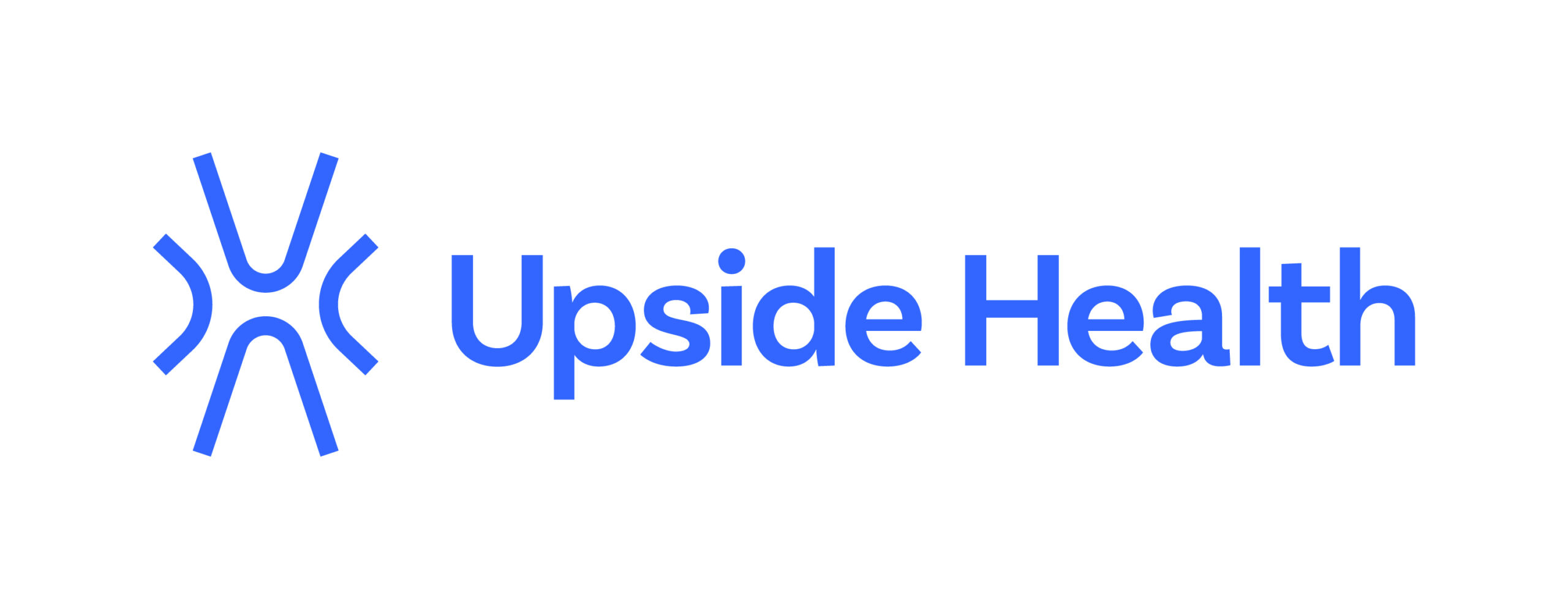What is Remote Patient Monitoring (RPM)?
Remote Patient Monitoring (RPM) is a process in which an individual’s personal health and medical data may be collected by a device and shared with medical specialists.
What are some examples of the type of data gathered in RPM?
Through RPM, there are devices that measure vital signs, blood sugar levels, and heart rate variance, among an expanding list of health measurements.
What if I have never heard of RPM?
You are not alone. This is a developing field in the medical world, and is slowly being rolled out in different capacities. Keep an eye out for the growing application of this type of care.
Why is this new type of health monitoring good news for me as a patient?
This incorporation of RPM is an example of how our healthcare system is moving towards a standard of preventative care, rather than solely reactive care. For example, if someone’s blood pressure is trending in a negative direction a doctor will have more opportunity to notice through RPM. The long-term hope is to lessen emergency care where treatment is reactive to a dangerous medical event.



